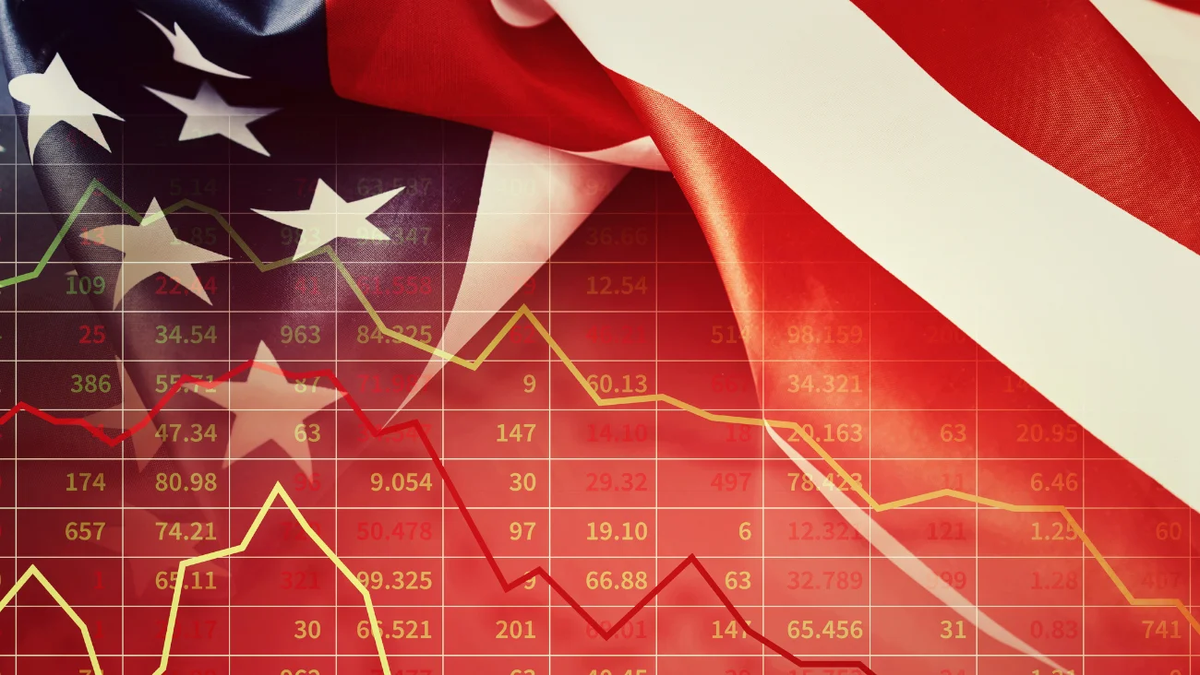Inflation in the United States, measured by the variation of the Personal Consumption Price Index (PCE), rose to 2.6% per year in December, from 2.4% in November, the US Economic Analysis Office (BEA) reported Friday.
The underlying PCE price index, which excludes volatile food and energy prices, rose 2.8% in the same period, matching November reading and market expectation. The underlying PCE price index rose 0.2% in monthly terms.
The inflation indicator preferred by the Federal Reserve accelerated slightly in Decembersince prices growth is still stubbornly above the annual objective of 2% of the entity. The Federal Reserve keeps interest rates without changes until the inflationary situation improves.
The medium forecasts of economists indicated an annual increase of 2.6% in the PCE and a monthly increase of 0.3% for the measure that follows the monthly spending of Americans in consumer goods and services, according to Dow Jones data .
This is the 46th consecutive month above 2.5% For the inflation metric preferred by the Fed, the annual inflation of the underlying PCE, which shows the prolonged historical period of higher prices for Americans, considering that the measure was below 2.3% from 2008 to 2020.
Crucial appointment
“It seems that we are configured to advance, but it is configured for that is one thing, having it is another,” said the president of the Fed, Jerome Powellat a press conference on Wednesday, reaffirming that the “objective of the Fed is 2% and in fact we intend to returnibly 2%.”
Powell’s comments followed the announcement of the Fed on Wednesday, where he decided to keep the constant rates, concluding his first meeting since July without a rate cut due to what he described as a limited progress in inflation.
The PCE is considered by some as a more precise measure of inflation than its counterpartthe consumer price index (ICC), which measures price changes, since the PCE takes into account any substitution made by consumers due to price changes.
Jerome Powell.webp
Goldman Sachs economists project slightly more moderate inflation of 2.4% by the end of this year.
The medium forecasts of those responsible for the FED monetary policy last month indicated slow progress towards 2% inflation, projecting an inflation of the underlying PCE of 2.5% by the end of 2025, of 2.2% for the end of 2026 and finally 2% by 2027.
The economists of Goldman Sachs They project slightly more moderate inflation of 2.4% by the end of this year, although that represents an increase with respect to their 2% prognosis prior to elections due to the short -term effects of tariffs.
Source: Ambito
I am a 24-year-old writer and journalist who has been working in the news industry for the past two years. I write primarily about market news, so if you’re looking for insights into what’s going on in the stock market or economic indicators, you’ve come to the right place. I also dabble in writing articles on lifestyle trends and pop culture news.




